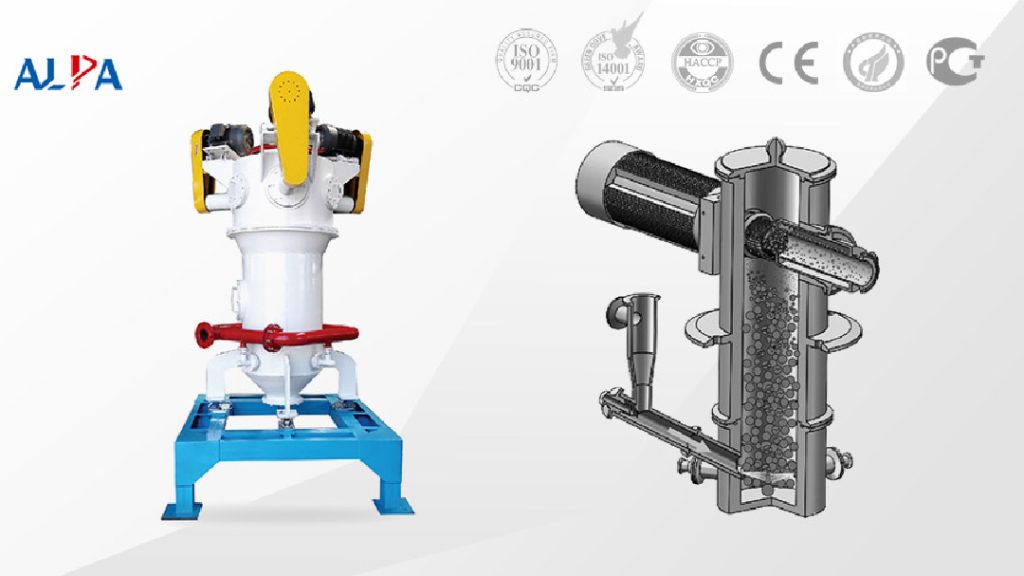Thoughts on improving grinding efficiency of mill

Factors that affect grinding efficiency include multiple aspects, such as whether the process design, layout, equipment selection, raw materials, process parameter selection, etc. are reasonable, whether the personnel training and operation level, system management are in place, etc. Generally speaking, the process design, layout, and equipment selection are fixed after the factory is built and are difficult to change. To achieve or even exceed the design goals, it depends on the management, operation control, and technical transformation. Such as raw material management; process parameter selection; mill structure adjustment; and the quality of operators, stability of control, etc.
1. Changes and responses to materials entering the mill
1.1 Particle size of materials entering the mill
The company’s cement grinding system is a modified open-circuit mill with a pre-mill roller press. Due to the extrusion and crushing of the pre-mill roller press, and then the dispersion and classification, the particle size and grindability of the materials entering the mill have been greatly improved. The original particle size of the materials entering the mill was 20-40 mm, and after the transformation, most of the materials entering the mill were powder.
1.2 Grindability of materials entering the mill
Among the materials entering the mill, the most difficult to grind are clinkers. The clinker has a dense structure, good crystallization, and is not easy to grind.
1.3 Moisture content of materials entering the mill
Combined with expert analysis and multiple tests, our experience is that the comprehensive moisture content of materials entering the mill is controlled at about 2.0%.
1.4 Temperature of materials entering the mill
The temperature of materials entering the mill also has a great influence on the output of the mill and the quality of cement. Appropriate temperature of materials entering the mill plays a good drying role, and can also effectively control the temperature in the mill to ensure good grinding conditions and avoid “ball wrapping” and gypsum dehydration.
2. Adjustment of steel balls and steel forgings
Steel balls and steel forgings are still common in cement production as grinding media. In addition to material requirements, gradation and filling rate are two important indicators. Whether they are reasonable or not not only directly affects the quality of cement production, but also affects the power consumption of cement, which directly leads to changes in costs. With the implementation of new cement standards in my country and the improvement of concrete construction requirements, higher requirements are placed on cement fineness and particle gradation, and thus higher requirements are placed on cement grinding systems. Therefore, in cement production management, these two issues should be paid attention to.
3. Adjustment of mill structure
Cement mills are generally divided into 2 to 3 chambers. According to the company’s situation, after adding the pre-mill roller pressing system, the particle size of the mill is greatly reduced, the crushing and coarse grinding functions of the first chamber are weakened, and the length of the second and third chambers is increased to enhance the grinding capacity. At the same time, the lining plate, the partition plate form, and the size of the grate hole are also adjusted accordingly, and a screening device is added inside the mill, which has a good effect. In addition, the mill bearing is changed from a sliding bearing to a rolling bearing, which reduces the starting current and working current, reduces the maintenance amount, and improves the operation rate. Due to the reduction in power usage, a certain amount of steel ball and steel forging load can be added, so the motor efficiency is improved, the useless work is reduced, and the hourly output can be increased, which improves the operation effect of the mill.
